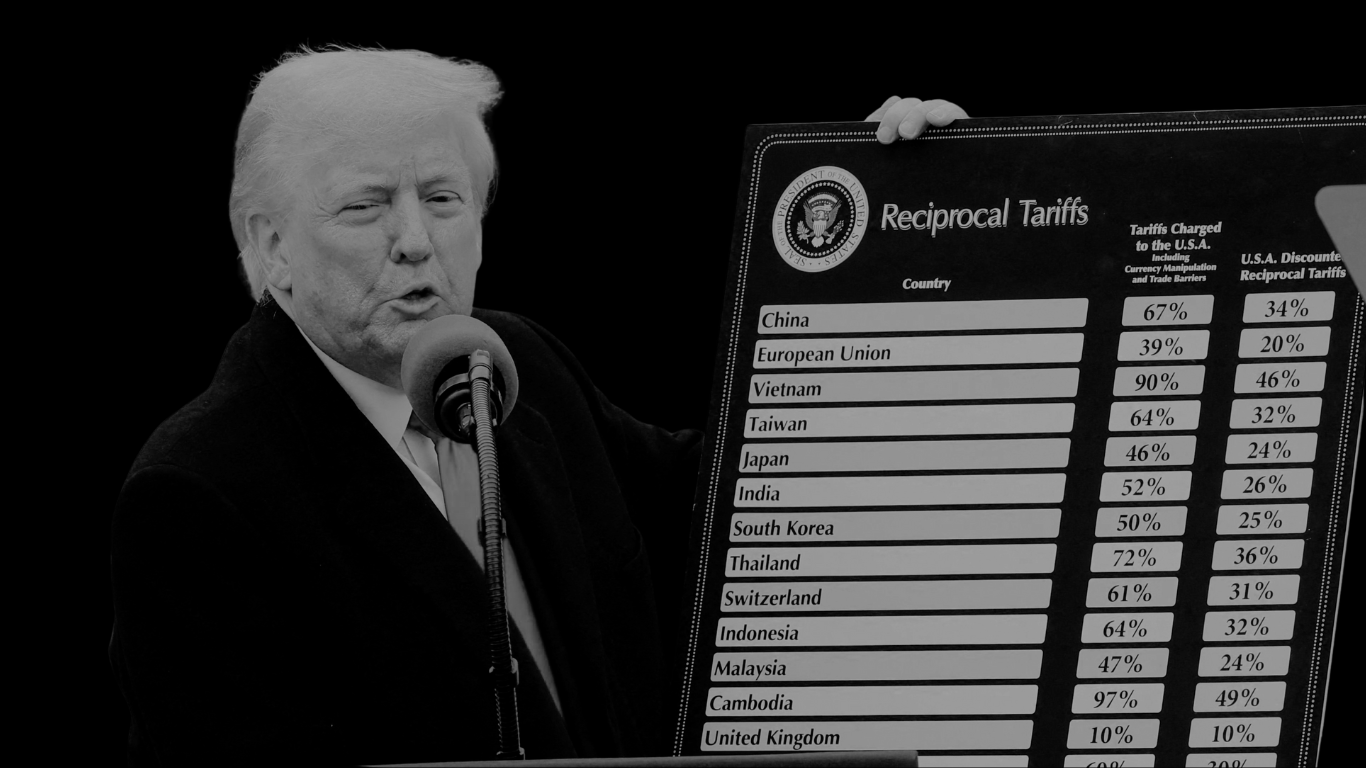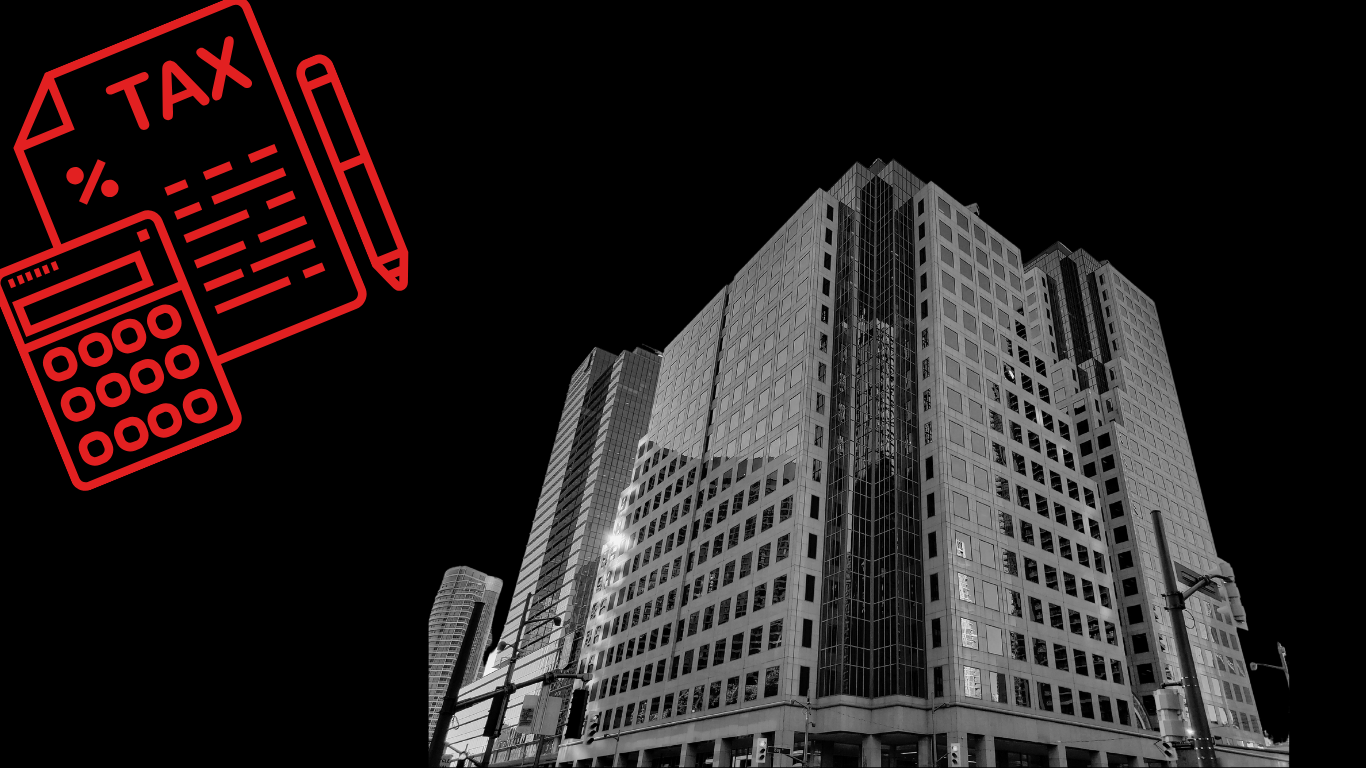A business recovery or turnaround strategy is extremely common in business, particularly when a company or firm is aiming to restructure in light of potential failures. If a company is struggling to meet its long-term financial commitments, in other words the solvency, then a business turnaround strategy will need to be set in place in order to continue operating. Turnaround strategies are also applicable to an individual, region or nation facing economic uncertainty or a financial crisis and are typically enforced to address a decline in performance.
A solvent company is simply defined as a business which owns more than it owes, meaning it has a positive net worth and a debt load which is manageable. Unlike liquidation which refers to a business’s short term financial obligations, solvency is in conjunction with a company’s long term financial wellbeing and its economic health.
Solvency, or insolvency, can be characterised by the leverage ratios of debt to equity and debt to assets. Debt to equity highlights the degree of financial leverage used by the company, including both short term and long-term debt. An increasing debt to equity ratio translates as higher interest expenses, which is likely in turn to affect a business’s credit rating allowing it to be severely costly acquiring more debt. The debt to asset ratio is a leverage which calculates the percentage of a business’s assets that have been financed with both short-term and long-term debt. The higher the ratio, the greater financial risk a business accrues.
What Is A Business Turnaround Strategy?
When undergoing a significant change, such as an expansion, it is quite common for the company undertaking the alteration to acquire a business rescue expert to overlook all supplements and changes, whilst analysing the risk involved. A business turnaround strategy in then set in place to follow, keeping track to limit the damage of any failings and to make sure the business doesn’t become insolvent, during the transition process.
There are many forms of turnaround recovery strategies including:
Cost-Efficiency Restructuring – The most popular form of turnaround strategy is consolidating and organising your costs. A company’s cash flow is one of the main reasons a decrease in value occurs, therefore producing quick measures to stabilise finances and ultimately set a recovery in motion is obvious and rewarding. Most businesses who undergo any form of turnaround strategy either make cost-efficiency restructuring the main crux of the turnaround or implement cost-efficiency strategies at first and often throughout the recovery.
The quick effect and relative lack of additional expenditure to implement make them an easy strategy to enforce. Forms of cost-efficiency strategies include reducing marketing and sales costs, eliminating employee salary pay rises, cutting inventory, expanding accounts payable, decreasing account receivable.
When cost-efficiency restructuring comes into effect, there is the high likelihood that staff morale is to be affected. As an employee, knowing the company you work for is experiencing a downturn in performance, and as a result cutting costs, can often give employees the incentive to jump ship. As such, this can have a huge detrimental effect on a company’s main backbone of workforce, with general performance and sales likely to be reduced and thus affected.
Asset Retrenchment – This is basically a net reduction in total assets. Making a cut to business operations is also a very common way to administer a turnaround recovery strategy. This can be done in numerous ways including making a significant reduction to customer groups, market intermediaries, customer functions, technology and infrastructure to name but a few.
Core Activity Reshuffling – A business recovery expert may choose to widen the perspective of the company’s audience and identify new markets, customers, products or services to focus on.
For example, a company can choose to scrap a lower-priced product or service and instead put their efforts in marketing and increasing revenue for a higher-priced product or service that they offer. This can save valuable money, time and work by reducing their offering to a less-profitable market, whilst hopefully maximising the profit of a more fruitful and higher-spending market. This change in operations will likely incur an initial increase in expenditure from the business, in order to effectively implement the alterations needed, yet this could be highly beneficial in the long term.
Leadership/Managerial Change – A reshuffle in hierarchy is often a form of turnaround strategy which companies adopt, aiming to breathe a new lease of life into the senior management of a business. Replacing poor-performing CEOs or executives highlights a signal of change, where their replacements can provide new concepts and avenues to consider.
Again, due to the delicate nature of chopping and changing top level management, this type of recovery strategy can incur a initial large expenditure. However, an upturn in profitability in the long term, and sometimes in the short term, would make it highly a useful and profitable move when looked back upon.
Examples Of The Most Successful Business Turnarounds
Over the years there have been some monumental business turnarounds that have shifted the economic, and often social, landscape considerably. Here are some of the most notable:
Marvel – During the 1990s, comic book sales were tumbling rapidly, leading to perhaps the most well-known comic book organisation, Marvel, to effectively go broke. A huge restructuring in product offering turned their focus onto movies, resulting in a brand new audience whilst integrating their previous loyal customers through a new medium. This led to huge successes including the Spiderman franchise, X-Men, The Avengers etc. In 2009, Disney acquired Marvel Entertainment for a reported $4billion, a dramatic upturn from the struggling company they were in the previous decade.
Starbucks – Everyone knows just how famous the coffee chain Starbucks are, averaging two store openings every day across the world since 1987. In the 2000s however, Starbucks overexpanded considerably and were making losses at a huge rate across all global operations. Instead of focussing on bringing people to coffee shops, CEO Howard Schultz brought coffee to the people and curated a line of products that showcased the Starbucks logo, which could be used in the comfort of your own home. This allowed a completely different form of revenue which stabilised finances and led the franchise to acquire more stores across the globe over time.
Apple – In the late 1980s, computer technology giant Apple were on the verge of bankruptcy and were eventually bought out by Microsoft, their rivals in 1997. Apple’s original co-founder, Steve Jobs, returned to the fold replacing the faltering Gil Amelio as CEO after 12 years of financial losses and introduced the iMac a year later in 1998, selling nearly 800,000 units in the first five months of its release. The iPod, iTunes, iPhone and iPad swiftly followed, advancing Apple to become the most valuable brand in the world, valued at the start of 2021 at a huge $263.4 billion. By merging with their rivals and making difficult yet purposeful decisions over the years, Apple have completely redefined the way technology and media are consumed.
We’re now offering FREE strategic consultation sessions up to 30th June 2021. Please contact Nordens’ Director of Strategic Consultancy Joe Sword at js@nordens-strategic.co.uk or 020 8530 0720.
If you require any more information on business turnaround recovery strategies or anything accounting or strategic related for that matter, please don’t hesitate to get in contact with us at Nordens where one of our trusted advisors would be happy talking you through your query.










































































































































































































































































































































































































































































































